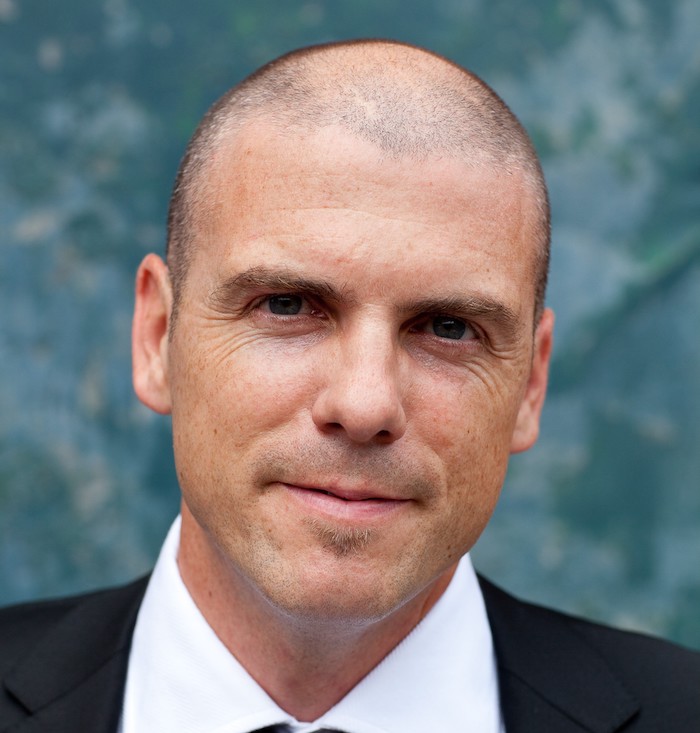
In-Depth
Conversation: Setting standards for climate change resiliency
December 8, 2022
By
Canadian Consulting Engineer

Dwayne Torrey is director of construction and infrastructure standards for CSA Group (formerly the Canadian Standards Association) in Toronto. With a degree in civil engineering, he began his career in consulting engineering before moving to CSA in 2004. In his current role, he oversees the strategic direction for more than 250 codes and standards that focus on safety and reliability of structures, construction materials, products, systems and mechanical equipment, working closely with industry and government to assess emerging trends and issues, such as climate change, circularity and modular construction.
How is the notion of climate change resiliency affecting CSA’s standards?
It’s definitely keeping us busy! Standards can be important tools for engineers, industry and government. As an organization, we’ve been doing a lot to tackle climate change resiliency from a number of fronts. We are assessing and updating our existing portfolio of standards and identifying areas where gaps exist.
One example of enhancing the existing portfolio is CSA S6:25, Canadian Highway Bridge Design Code. It has been around for 100 years, but the 2019 edition was the first to include considerations for how climate change influences the exposure and deterioration of bridges. Its technical committee has been very active since then, looking at how to further enhance bridges’ serviceability and durability. We expect more updates relating to climate change resiliency in the 2025 edition.
Then there are the gap areas, where we never had standards before, but they are needed. Northern regions, for example, experience climate change effects worse than many other parts of the world. With this in mind, CSA has gathered experts to develop new standards for high winds, snow loads and foundations in permafrost.
Can CSA complement the National Building Code of Canada (NBCC) in this respect?
We develop many of the standards it references to support safe and reliable buildings. In the area of climate resiliency, a number of our standards are available for consideration. CSA S478, Durability of buildings, is referenced in the commentary as an option for architects, builders and owners.
What standards would you like consulting engineers to be more aware of?
We very recently published structural design standards for large-scale wastewater treatment plants (WWTPs). Previously, there were no comprehensive standards for designing these massive facilities. We brought climate change into the conversation, including rising sea levels and drought intensity.
We have also been working with stakeholders to determine how the electrical sector can adapt to climate change, with safety in mind for both overhead and underground installations. More enhancements are anticipated from our technical committees.
Another gap area is the impact of flooding at the municipal level, an issue that wasn’t as prominent 10 years ago. We’ve published a series of community water standards focusing on the flood-resilient design of new residential communities, with drainage systems based on regional-level considerations. Retention ponds and storm sewers aren’t new ideas, but now they are being standardized in a way municipalities can implement.
What else is in the works?
Hotter, wilder weather will impact dams, so we are now working to develop guidelines for their adaptation. We are planning to finalize those in 18 to 24 months’ time.
Circular construction is a concept that is rapidly accelerating. This shift from a focus on using raw materials only to using of all outputs stemming from the use of raw materials means a shift in the way we plan, design, operate, manage, manufacture, distribute and handle ‘post-life’. Our stakeholders see standards as an important tool to help facilitate this shift.
The best way to be aware of what is going on is to join the conversation, especially through participation in our technical committees. It’s important we continue to pass down knowledge gathered from some of the best engineers in the country to the next generation.
Print this page
